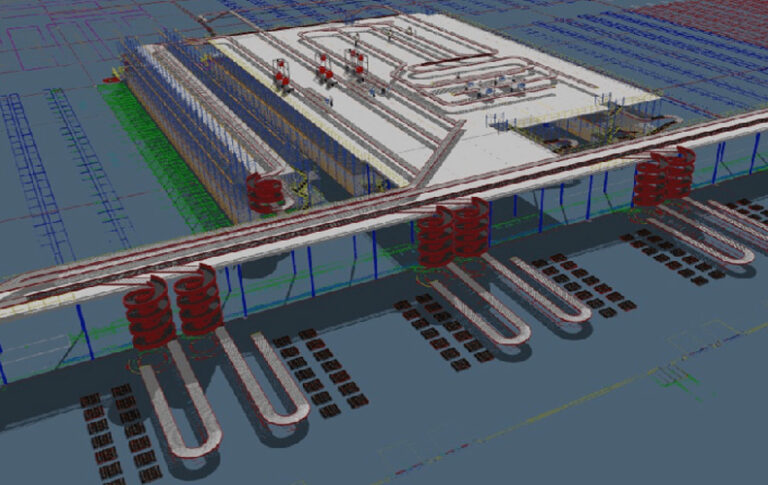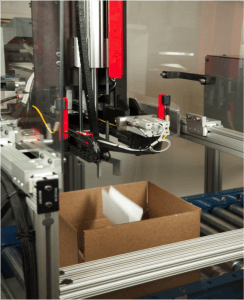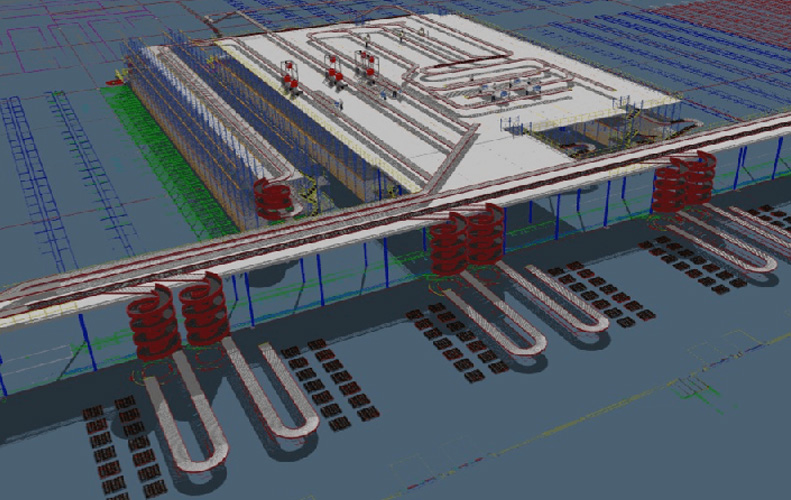
Companies today are grappling with major challenges in their quest to maintain a competitive edge. Trends such as the explosion of e-commerce, lower levels of business on-hand inventory, retailers becoming e-tailers, and the demand for same-day deliveries are all placing tremendous pressure on business operations to keep up. The need for accurate, on-time order fulfillment execution is more pressing than ever.
Shippers are also facing a labor shortage. As Brian Devine, senior vice president of staffing firm EmployBridge noted, “We expect the demand for hourly labor to increase by about 28 percent over the headcount needs of the third quarter. This large increase will be on top of the already-tight labor market we are now experiencing.”[1] Pay rates, which have increased by 11 percent for logistics employees in the last 24 months, are expected to increase for the next year. With all these factors combined, the impact on employment costs will be significant.
The bottom line? It is not realistic to believe anyone can continue to operate a successful and profitable enterprise with traditional “high touch-labor” practices that they were able to get away with just a few years ago. Today’s distribution operations need to be lean, low-touch processes, automated with technologies that deliver a fast 18- to 30-month return-on-investment (ROI).

The Need for Lean Operations
The technology and tools are available today to clearly make the shift to combining a lean and automated strategy to significantly simplify daily operations and apply the right mix of automation to control the improved processes and business functions. This can be accomplished by identifying the strategies and tactics to “lean-up” the DC operation. It is especially important to design the means to use less labor touches and select the blend of automation that returns the fastest ROI to gain competitive advantage.
Warehouse automation can deliver huge returns by eliminating redundant manual processes and increasing employee productivity. Technology such as conveyor systems, automatic print-and-apply labeling, robotic pick carts, voice picking, automated guided vehicles and storage technologies can drive high accuracy and rapid paybacks – and when applied to the right application, really answer the CEO’s demand to “show me the ROI.”
But automation alone will not solve the problem. Supply chain operations are made up of a complex interplay between people, process and product workflows. It takes a deep understanding of how these elements work together to truly drive the highest benefits of automation.
It All Begins with a Design Roadmap
Experience has shown that a company must have a common methodology to guide their day-to-day work tasks. The company must also have a clear understanding of the best starting point to initiate a change in order for the automation lean program to take root. A basic operational analysis based on historical order shipment data can be used to pin-point and fast-track a design improvement study or roadmap that can identify where the cost savings are. Unfortunately, many companies fail to benchmark their current processes against identified leaner practices, so they don’t realize the time, resources and money that can be saved across the entire distribution operation.

It may seem easier to focus on a specific area such as a basic picking improvement or area automation. However, to achieve the highest financial payback, a holistic approach that considers the benefits of a united and automated pick, pack, and ship order fulfillment operation is required.
It has been documented that best-in-class companies who have taken a holistic view of the entire DC have:
These savings are very achievable; in fact, we’ve seen it happen for many of our customers and it can be achieved at your DC operation.
Take a Short- and Long-Term View
A good design plan needs both a short-term phased implementation, as well as a definition of the long-term goals. Also, it must be built with the company’s overall business objectives in mind. The first step is to determine where your organization stands in defining its multi-year objectives across the enterprise. Without this end-to-end enterprise perspective, your capital investments will yield only incremental, costly changes and limited benefits.
The design roadmap should assess how and which process improvements can be made, and identify the “low hanging fruit” and what is required to harvest it. It can also compare and contrast which automation technologies yield the best ROI.
A Lot Size of One
A colleague of The Numina Group, Neil Glenney, a consultant on the Consult League Team, likes to recommend companies take the approach of considering a “lot size of one” when brainstorming processes to streamline operations in the distribution center (DC). He stated, “Think in terms of consistently moving a ‘lot size of one.’” Thinking in this way can drive innovation across the entire DC. The operation can be flow-charted and the product and data flow-mapped to create a design with least amount of product moves and touches. This is a value-mapping technique to eliminate excess steps in receiving, inspection, put-away and pick, pack, and ship processes.
Recovering Your Automation Investment
For many companies, leaning out operations is accomplished in a series of incremental changes over a period of time. When it is well-planned and managed, the company can realize measurable incremental savings along the way. The recovered corporate dollars can be used to further eliminate inefficiencies arising from misaligned functional “as-is” priorities, replaced with proven and time-tested successful methodologies.
With this mindset, your company can reach the point in which “Automation is Free,” much like the notion that “Quality is Free,” defined by quality guru Philip B. Crosby. Getting there requires a commitment to understanding the people, processes and products that make up your business and carefully applying automation to drive the best results. It also requires collaboration across functional teams in your organization. As Crosby also said, “To help in a positive manner, you must be genuinely interested in people and results.”
So, what does a good design roadmap for lean operations look like? We’ll talk about must-have elements of a good design plan for lean and automated distribution operations in our next blog.
Do you have questions about implementing lean automated pick, pack, and ship operations in your DC facilities? The Numina Group is here to help. Contact us to arrange a complimentary site visit and consultation.

The Numina Group
10331 Werch Drive
Woodridge, IL 60517
630-343-2600
How the Right Warehouse Automation Decisions Can Solve Your Labor Woes As the economy roars